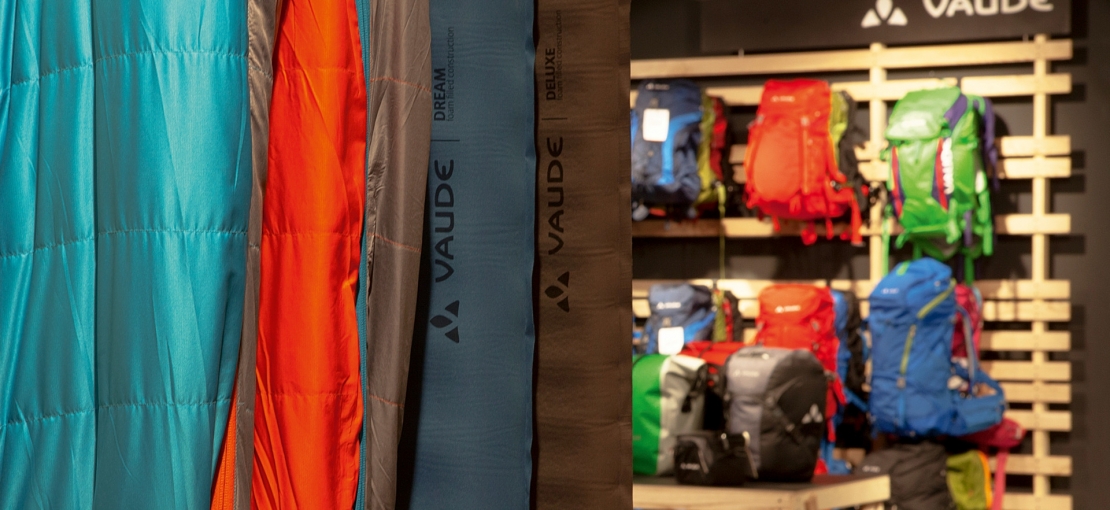
Better without harmful substances
Risk analysis begins with material selection
Each season we evaluate the risk of harmful substances for all new articles and cross-seasonal articles.
First we assign the articles to a product-based risk class:
| Risk class A | Risk class B | Risk class C |
|---|---|---|
|
Children’s products and products that come into contact with skin |
Products with occasional skin contact |
Products without skin contact |
|
Children’s clothing |
Dresses |
Backpacks |
|
Bike pants |
Jackets (hard shell/soft shell) |
Tents |
|
Bike jerseys |
Labels |
POS articles (bean bag chair, other give-aways) |
|
All headwear (hats, caps, etc.) |
Pants |
Packaging |
|
Blouses |
Pullovers |
|
|
Gloves |
Rain pants |
|
|
Scarves |
Yarn |
|
|
Sleeping bag inner materials |
Shirts |
|
|
Socks |
Skirts |
|
|
Base layers |
Sleeping bag outer material |
|
|
Child carriers |
Shoes |
|
|
Sandals |
|
|
In the next step, we implement material-related risk analysis:
Categories
| 1 | 2 | 3 | 4 | 5 | 6 |
|---|---|---|---|---|---|
|
Textiles and textile goods made from natural fibers |
Textiles and textile goods made from synthetic fibers |
Textiles and textile goods with prints /coatings |
leather |
Synthetics (PU, PVC, rubber, TPU, TPR, EVA, etc.) |
metal elements |
Systematic analysis of harmful substances
Our assessment method for harmful substance management is shown in a flowchart that we follow for each product. In this risk analysis, we find out which tests are necessary to detect any existing harmful substances.
Our assessment system is divided into an assessment of the article’s area of use, an evaluation of the materials used and an assessment of the overall product.
If, for example, we manufacture a children’s bike shirt made from synthetic fibers with a large print, then the T-shirt falls in risk class A (child). The material, a synthetic fiber, creates a higher risk of harmful substances than that of cotton. The large print may also contain plasticizers, thereby increasing the risk. But if we use bluesign® materials for the shirt, the risk is very low because these materials have already been rigorously tested.
Tests in independent laboratories
The use of random tests on the finished product are designed to confirm that the system has worked. In addition, we take several articles from the production line each season and have them tested in an independent laboratory.
When there are discrepancies, we evaluate them in accordance with VAUDE’s own very strict limits or the legal limits of the sale country. Necessary measures are taken. In the worst-case scenario, we destroy the merchandise.
75 random samples of materials and marketable goods were tested.
In 2015, 75 samples in total were examined. Of these, 55 were tests of materials and 20 were tests of products.
In one test of materials, it was determined that the requirements of REACH were not met. As a result, the entire batch was destroyed and the material was replaced.
All other random samples met both our requirements and the legal requirements.
Risk analysis of producer’s supply chains
We have developed a producer ranking that helps us to identify weak areas in our system. Together with the affected producers, risk analyses of their supply chains have been implemented since 2014, which helps us further minimize risk.
All Asian producers have been evaluated in accordance with this new system. We have found significant differences in the organization of chemical management with various producers. Together with the producers, we developed and are tracking Corrective Action Plans.
Tackling problems at their source
We rely on partnership-based, active relationships with our producers to tackle problems at the source. We want to make sure – right from the beginning of production – that products meet our requirements. When we examine finished merchandise at the end of production, we have only limited or no ability to react.
| GRI: | G4-PR1 |






